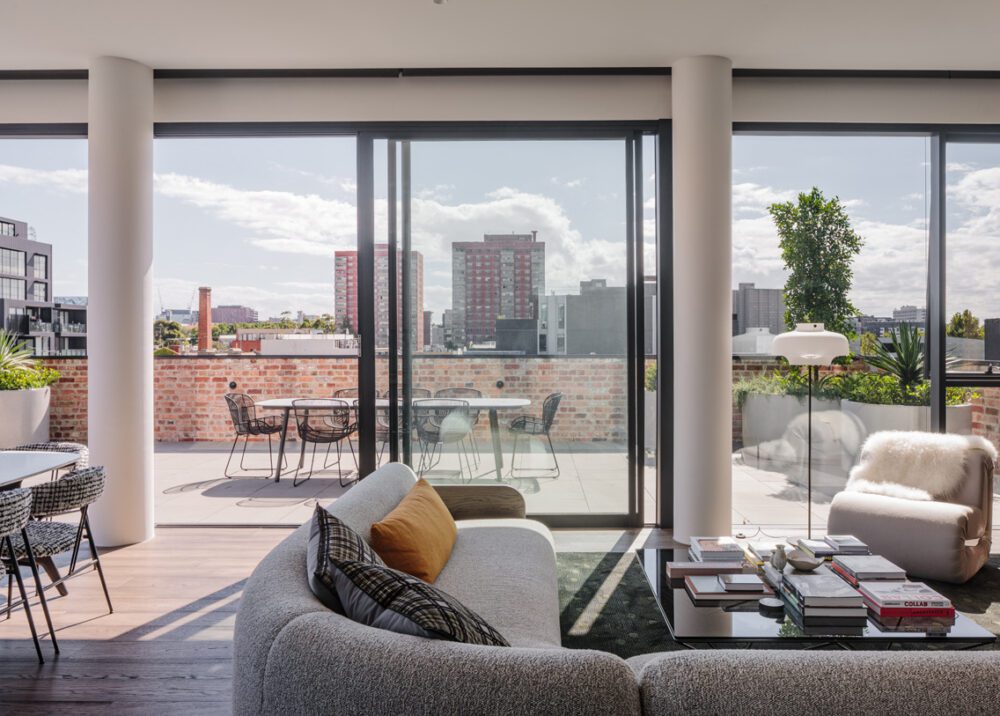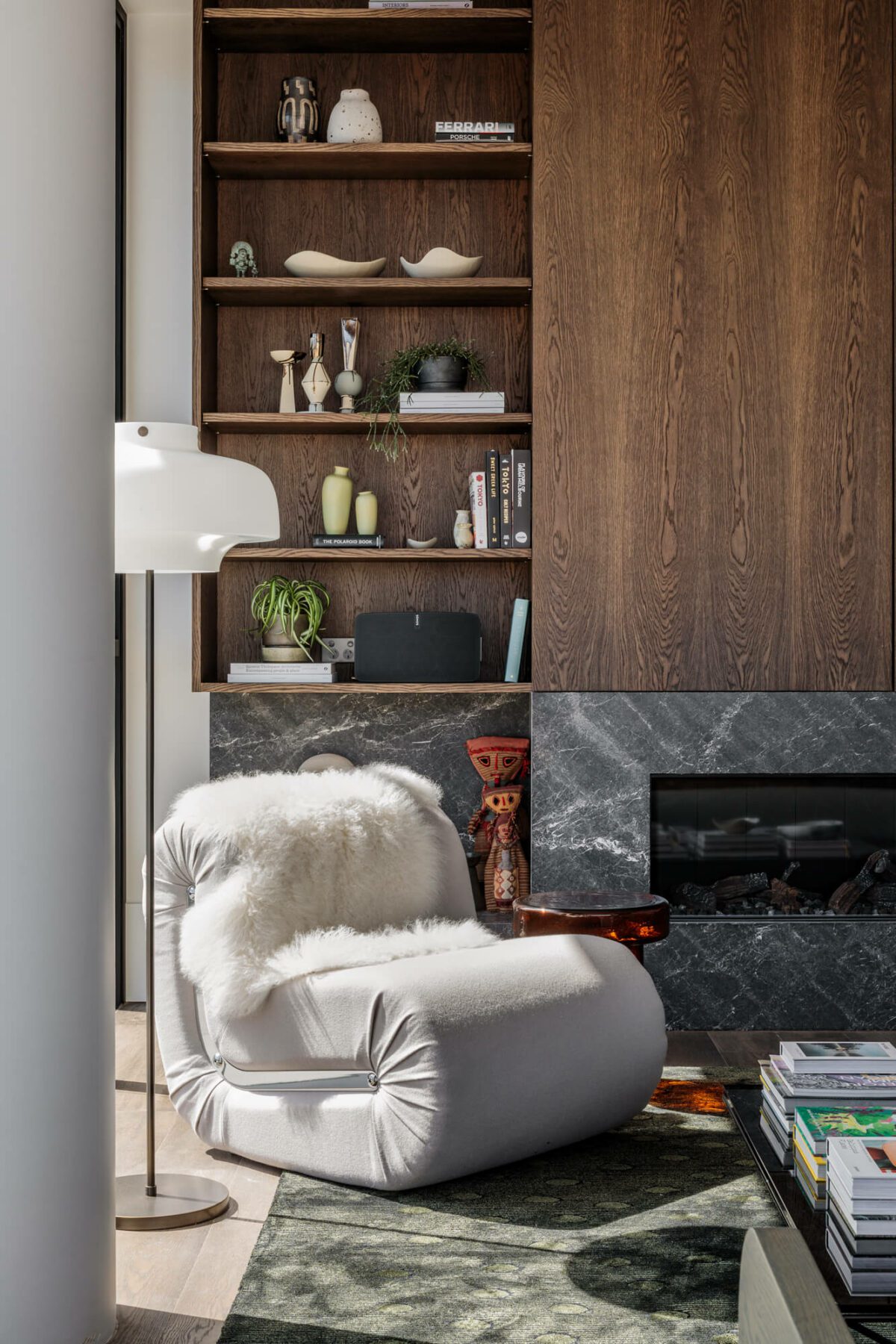The Inspiration Behind Fitzroy House: In Conversation with Hecker Guthrie
Fitzroy House is a work of art, captivating passers-by with its timeless, evocative façade. But concealed behind the building’s arched windows and nostalgic nineteenth-century brickwork, there is a unique collection of homes that are equally as beautiful to behold.
We collaborated with Interior Designer Hecker Guthrie to craft the 34 illustrious dwellings within Fitzroy House. Thanks to our shared innovation and commitment to design, each home is complete with breathtaking interiors and premium, bespoke finishes.
Here, we speak with Paul Hecker, Director of Hecker Guthrie, about his design inspiration for Fitzroy House.


